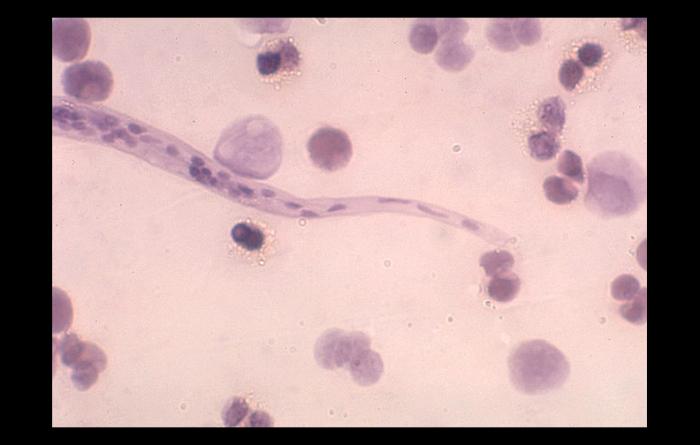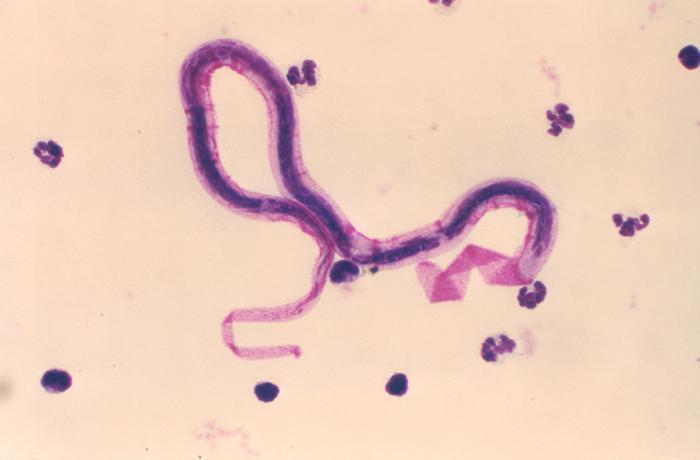Filariasis, often abbreviated as FIL, is a parasitic disease that affects millions of people worldwide. It is a condition caused by thread-like worms that invade the human body, leading to severe health complications if left untreated. This article delves into the intricacies of Filariasis, exploring its causes, transmission, symptoms, and the impact it has on individuals and communities.

What is Filariasis?
Filariasis is a tropical disease caused by parasitic worms that are transmitted to humans through the bites of infected mosquitoes. The disease primarily affects the lymphatic system, which is responsible for maintaining the body’s fluid balance and defending against infections. When the lymphatic system is compromised, it can lead to a range of debilitating conditions, including lymphedema and elephantiasis.
Types of Filariasis
- Lymphatic Filariasis: This is the most common form of the disease and is responsible for causing swelling in the limbs and other parts of the body.
- Subcutaneous Filariasis: This type affects the subcutaneous layer of the skin and can lead to conditions like river blindness.
- Serous Cavity Filariasis: This form targets the serous cavities of the body, such as the abdomen.
Causes of Filariasis
The primary cause of Filariasis is the invasion of parasitic worms into the human body. These worms belong to three main species: Wuchereria bancrofti, Brugia malayi, and Brugia timori. Each of these species has a unique lifecycle that involves both humans and mosquitoes.
Role of Mosquitoes in Transmission
Mosquitoes act as vectors for the transmission of Filariasis. When an infected mosquito bites a human, it deposits larvae of the parasitic worms onto the skin. These larvae then penetrate the skin and enter the lymphatic system, where they mature into adult worms. Over time, these adult worms produce microfilariae, which circulate in the bloodstream and can be picked up by another mosquito during a blood meal, continuing the cycle of transmission.
Common Mosquito Species Involved
- Culex mosquitoes
- Anopheles mosquitoes
- Aedes mosquitoes
Symptoms of Filariasis
The symptoms of Filariasis vary depending on the stage of infection and the specific type of worm involved. In many cases, individuals may remain asymptomatic for years, even while the worms are actively reproducing inside their bodies. However, when symptoms do appear, they can be severe and life-altering.
Early Symptoms
- Fever
- Chills
- Swelling in the lymph nodes
Advanced Symptoms
- Severe swelling of the limbs, known as lymphedema
- Thickening of the skin, leading to a condition called elephantiasis
- Pain and discomfort in the affected areas
Effects of Filariasis on Health
Filariasis can have profound effects on both physical and mental health. The chronic nature of the disease often leads to long-term disability, which can severely impact an individual’s quality of life.
Physical Effects
One of the most visible effects of Filariasis is the swelling of body parts, particularly the legs, arms, and genitalia. This swelling, caused by the blockage of lymphatic vessels, can result in disfigurement and immobility. Over time, the affected areas may become prone to secondary infections due to poor circulation and compromised immune function.
Psychological Effects
The social stigma associated with the visible symptoms of Filariasis can lead to psychological distress. Individuals suffering from the disease may experience feelings of shame, isolation, and depression. This emotional burden is often compounded by the economic challenges posed by the inability to work or participate fully in daily activities.
Risk Factors for Filariasis
Certain factors increase the likelihood of contracting Filariasis. Understanding these risk factors is essential for prevention and control efforts.
Geographical Location
Filariasis is most prevalent in tropical and subtropical regions, particularly in areas with poor sanitation and limited access to healthcare. Countries in Africa, Asia, and the Pacific Islands are among the most affected.
Exposure to Mosquitoes
Individuals who live or work in environments where mosquitoes thrive are at higher risk of contracting Filariasis. This includes rural areas with standing water, which serves as breeding grounds for mosquitoes.
Weakened Immune System
People with weakened immune systems, such as those living with HIV/AIDS or undergoing immunosuppressive treatments, are more susceptible to parasitic infections like Filariasis.
Diagnosis of Filariasis
Diagnosing Filariasis involves a combination of clinical evaluation and laboratory tests. Early detection is crucial for effective treatment and management of the disease.
Clinical Evaluation
Healthcare providers typically begin by assessing the patient’s medical history and conducting a physical examination. Swelling, thickened skin, and other visible signs may prompt further investigation.
Laboratory Tests
Blood tests are commonly used to detect the presence of microfilariae in the bloodstream. These tests are often performed at night, as the microfilariae tend to be more active during this time. In some cases, imaging techniques such as ultrasound may be used to visualize adult worms in the lymphatic system.
Treatment Options for Filariasis
While there is no cure for Filariasis, several treatment options are available to manage the symptoms and prevent further progression of the disease.
Medications
Antiparasitic drugs such as diethylcarbamazine, ivermectin, and albendazole are commonly prescribed to kill the microfilariae and reduce the number of adult worms in the body. These medications are often administered in combination to enhance their effectiveness.
Supportive Care
In addition to medication, supportive care plays a vital role in managing Filariasis. This includes measures to alleviate swelling, prevent infections, and improve overall quality of life. Compression bandages, elevation of affected limbs, and proper hygiene are some of the strategies used to manage lymphedema and prevent complications.
Prevention of Filariasis
Preventing Filariasis requires a multifaceted approach that addresses both the transmission of the disease and the environmental factors that contribute to its spread.
Mosquito Control
Reducing the population of mosquitoes is a key strategy in preventing Filariasis. This can be achieved through the use of insecticide-treated bed nets, indoor residual spraying, and the elimination of standing water where mosquitoes breed.
Mass Drug Administration
In endemic areas, mass drug administration programs are implemented to treat entire communities at risk of Filariasis. These programs aim to reduce the prevalence of microfilariae in the population, thereby interrupting the transmission cycle.
Public Awareness and Education
Educating communities about the risks of Filariasis and the importance of preventive measures is critical for controlling the disease. Public awareness campaigns can encourage behaviors such as using bed nets, seeking early treatment, and maintaining clean living environments.
Global Efforts to Combat Filariasis
Filariasis is recognized as a neglected tropical disease by the World Health Organization. Global initiatives, such as the Global Programme to Eliminate Lymphatic Filariasis, have been established to coordinate efforts to eradicate the disease.
Success Stories
Several countries have made significant progress in reducing the burden of Filariasis through sustained public health interventions. For example, targeted mass drug administration campaigns have led to a decline in infection rates in parts of Asia and Africa.
Ongoing Challenges
Despite these successes, challenges remain in achieving the global elimination of Filariasis. Limited resources, logistical barriers, and the emergence of drug resistance are some of the obstacles that need to be addressed to ensure long-term success.





